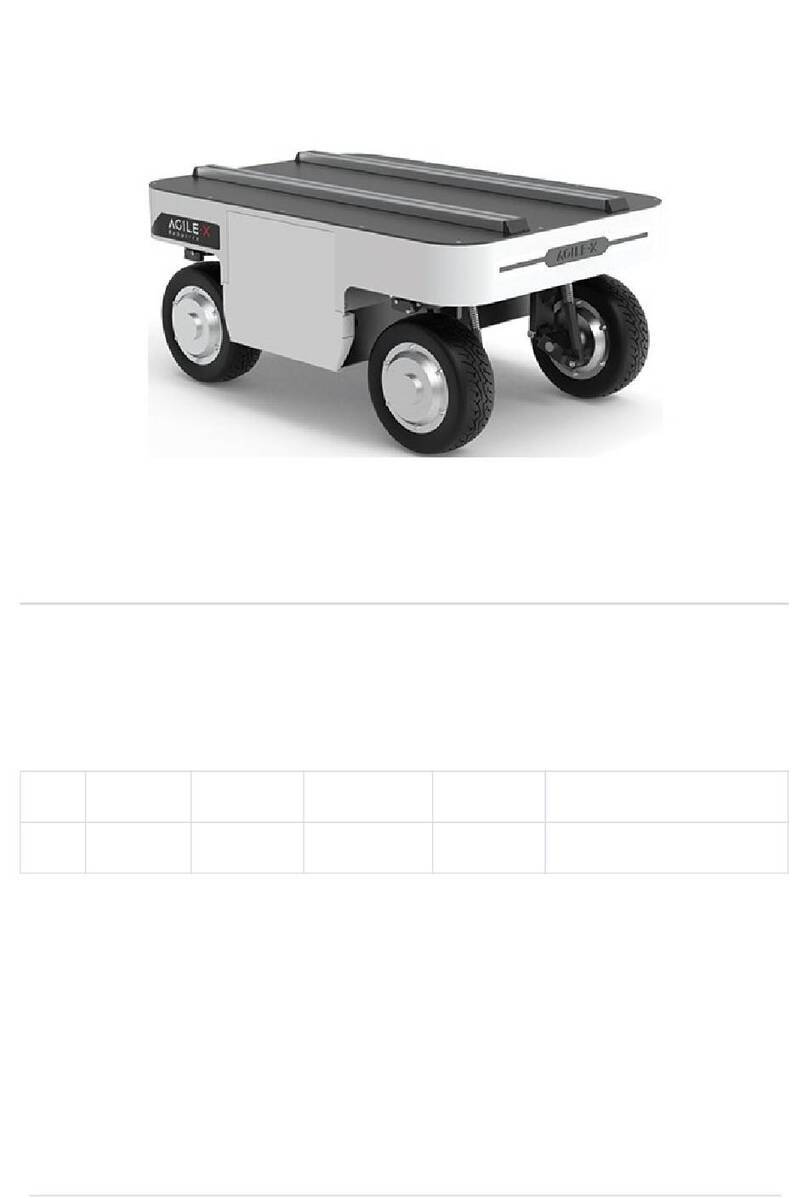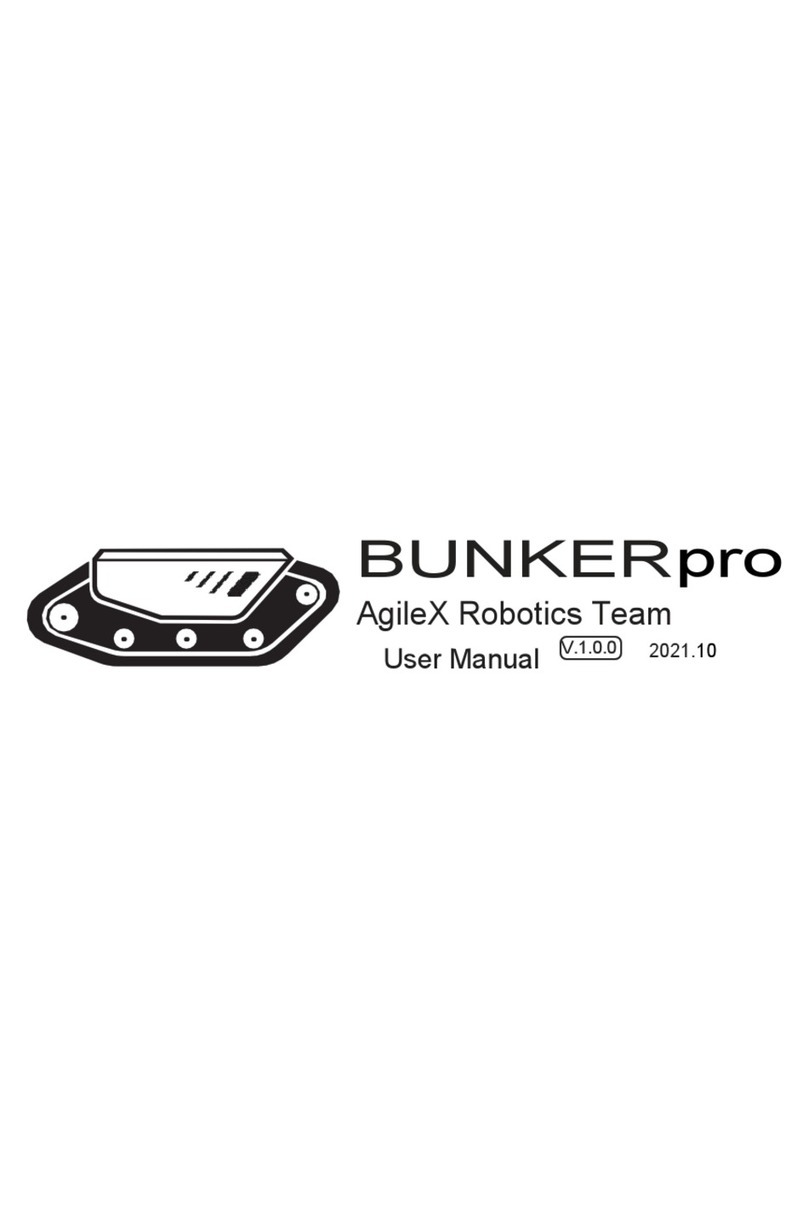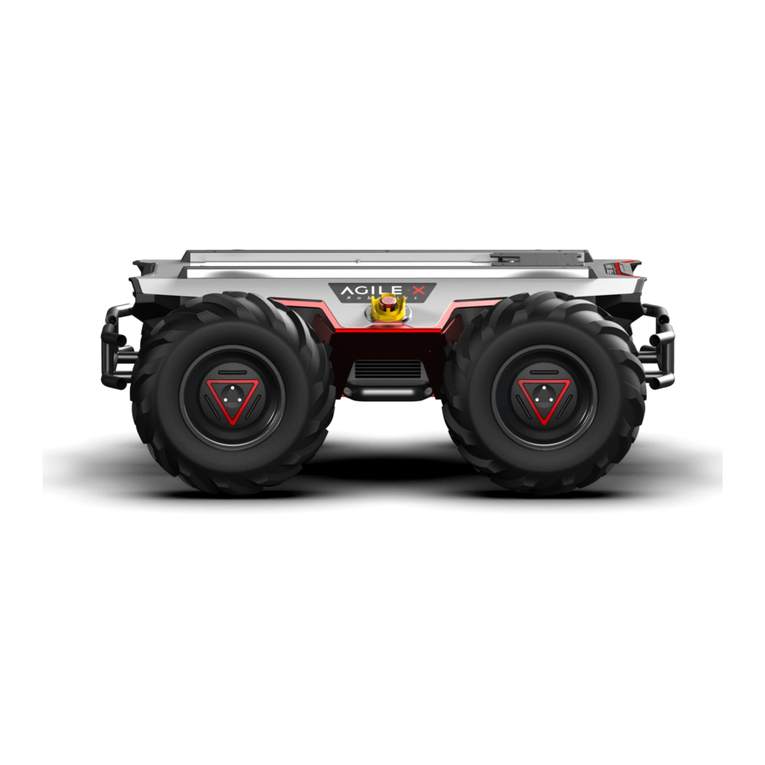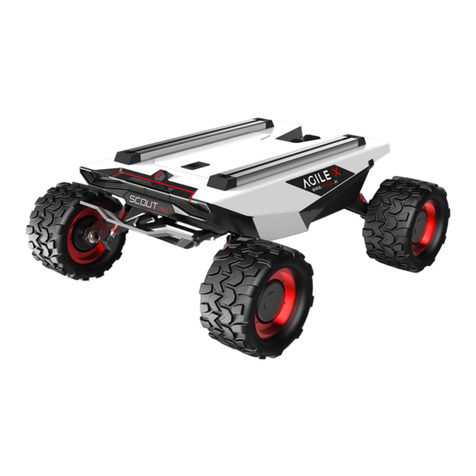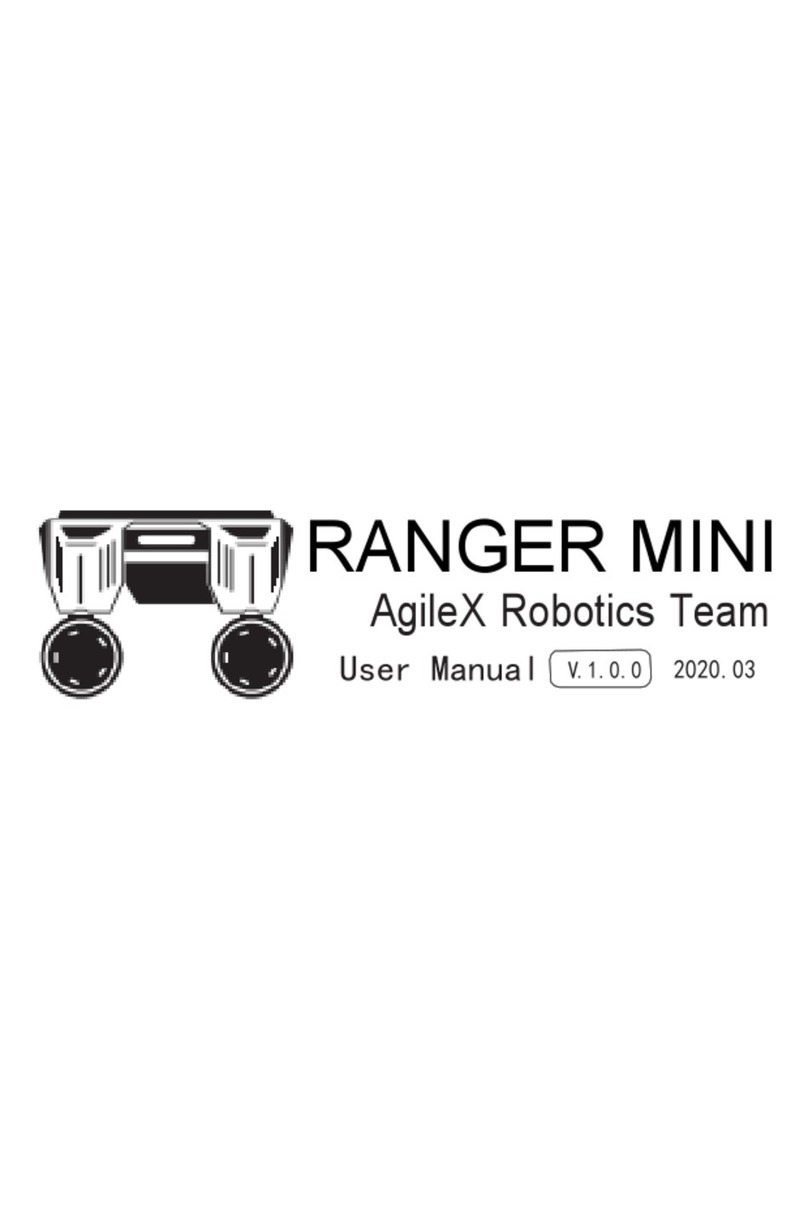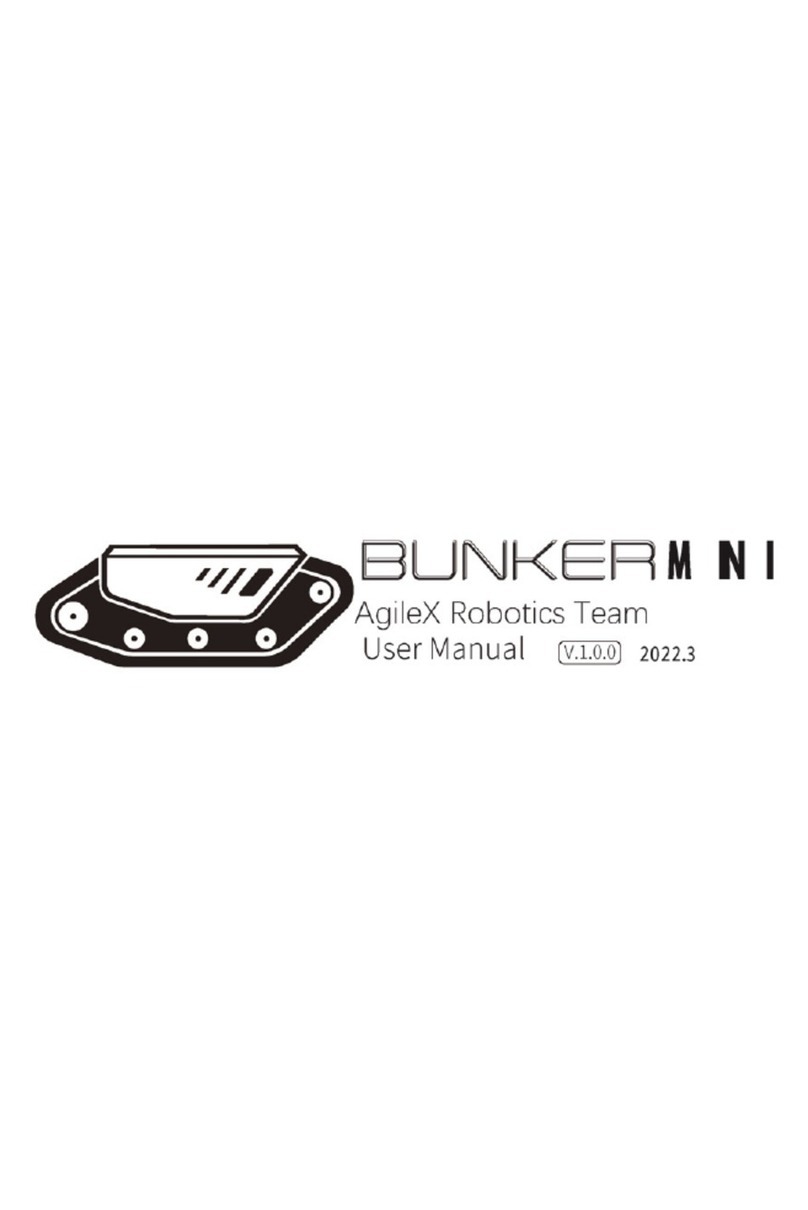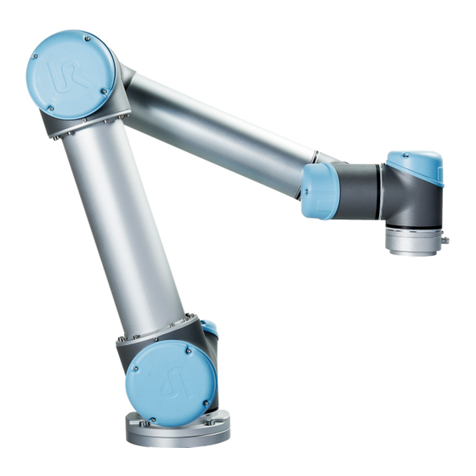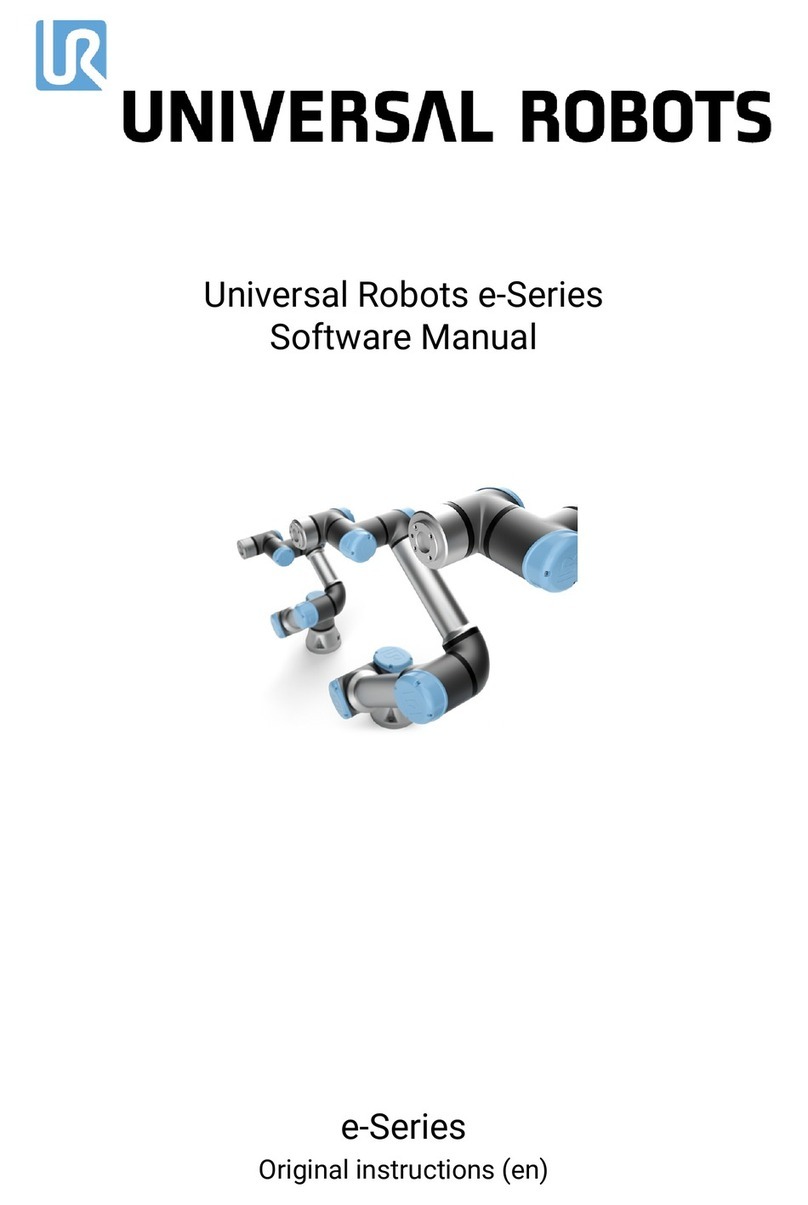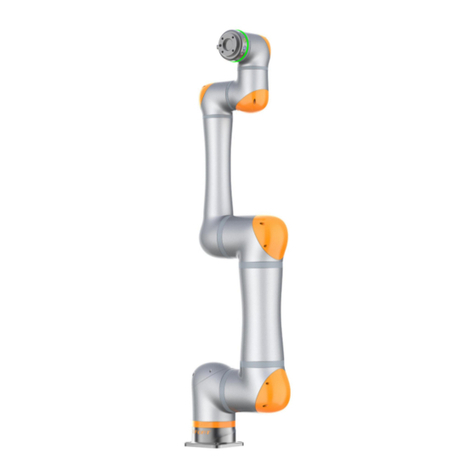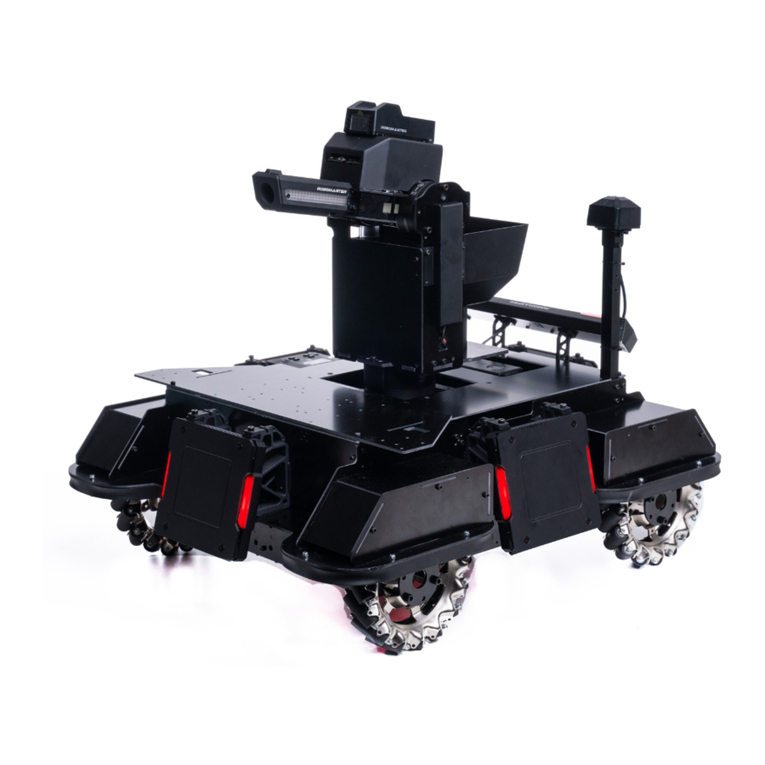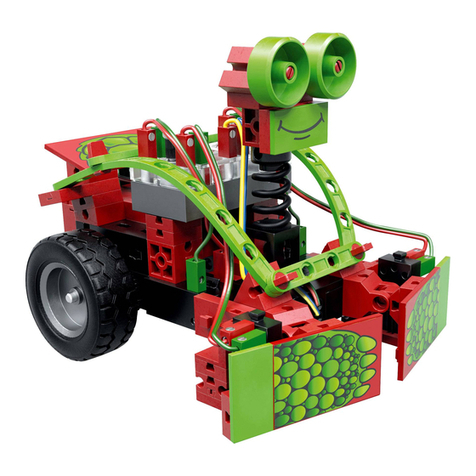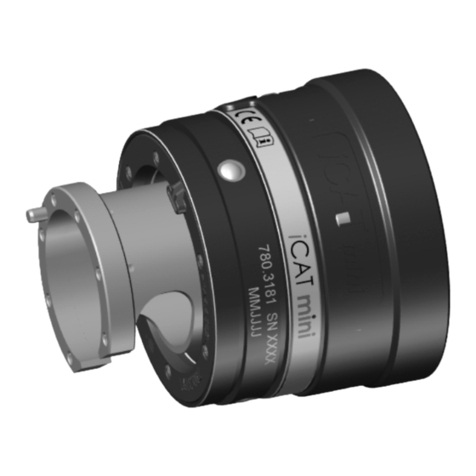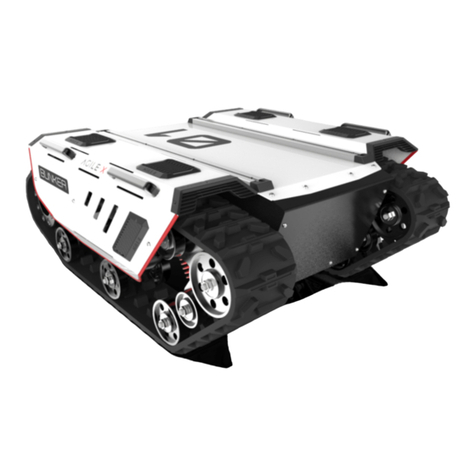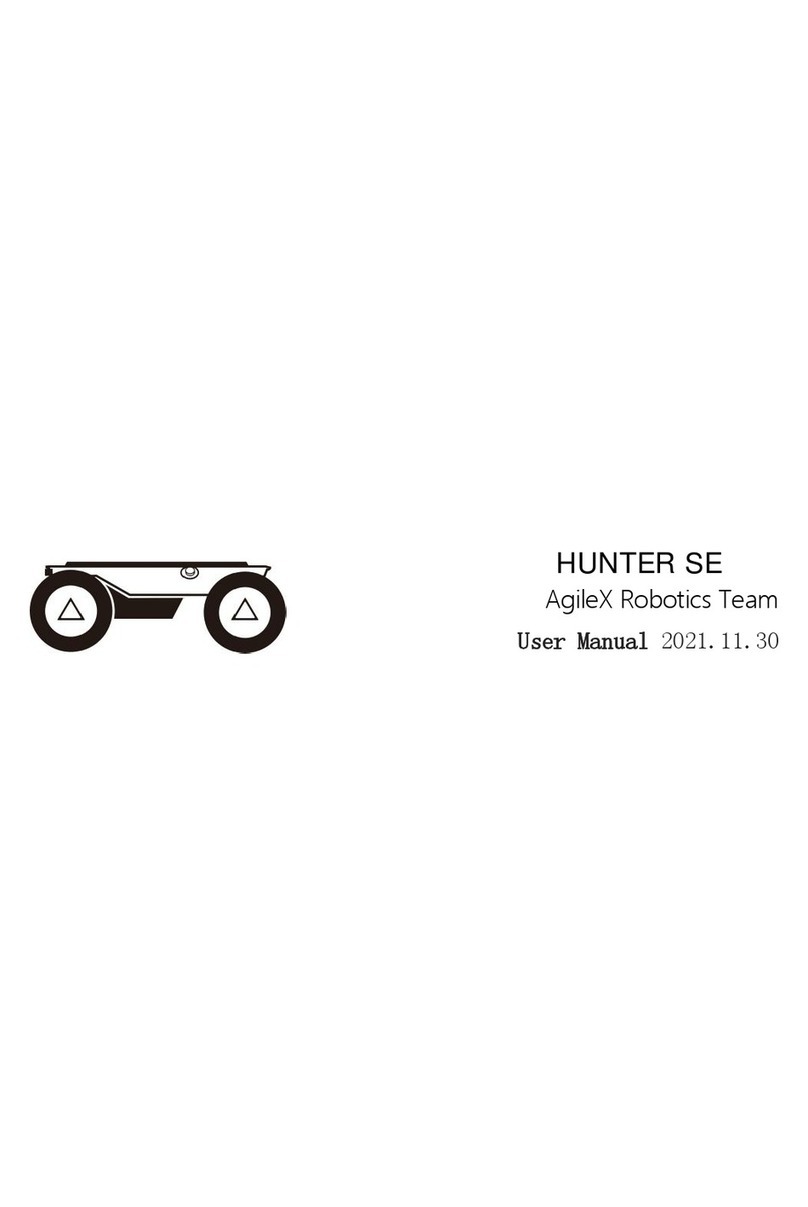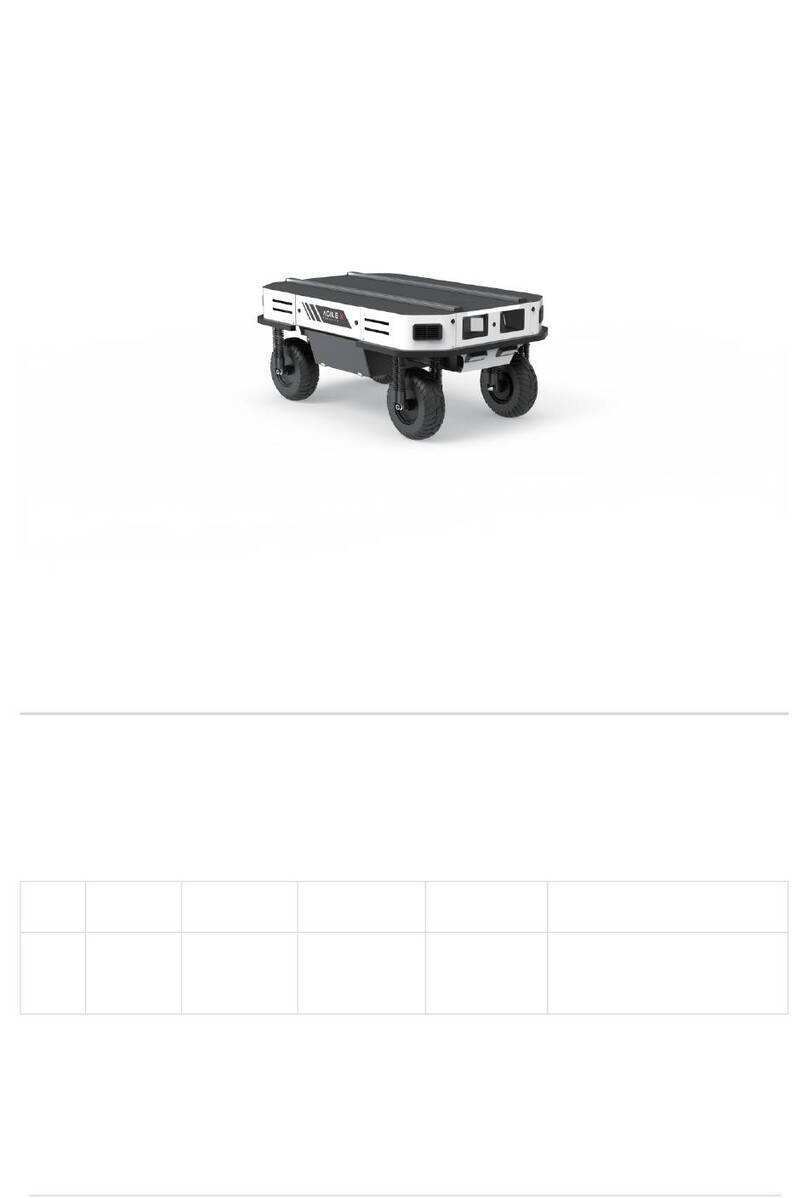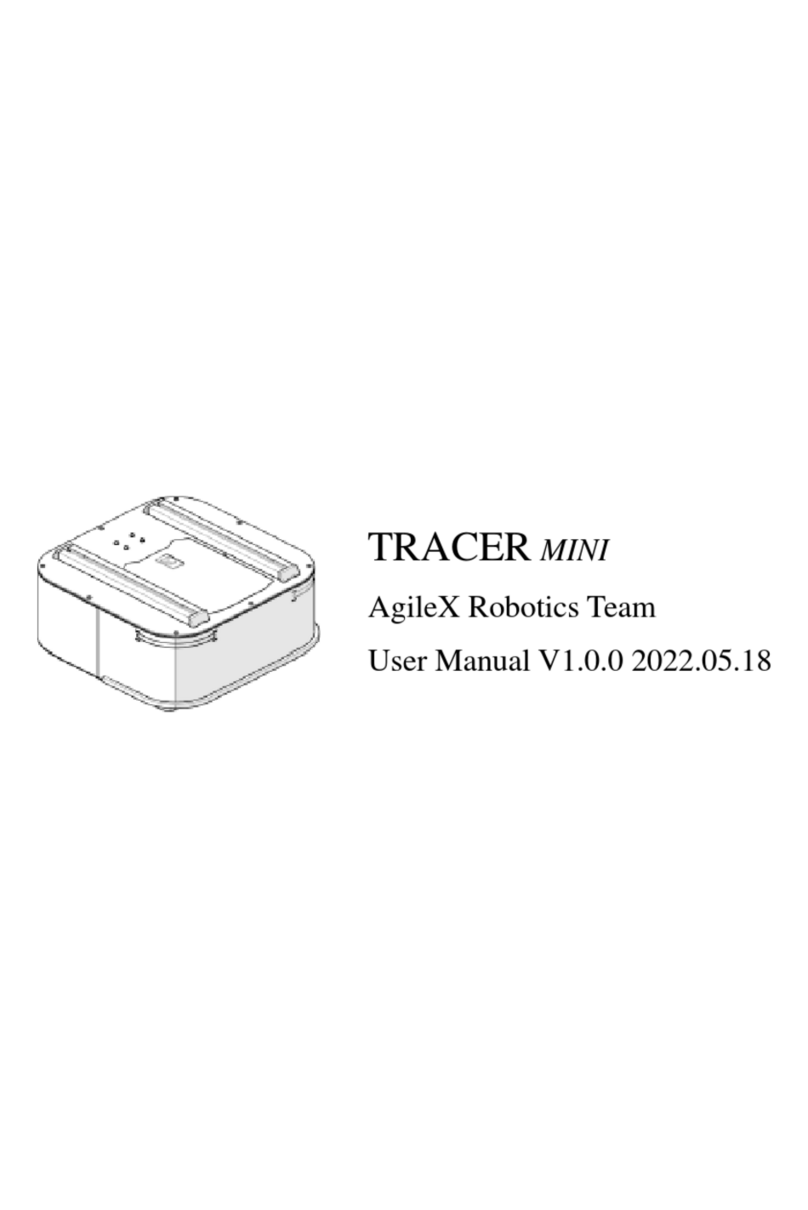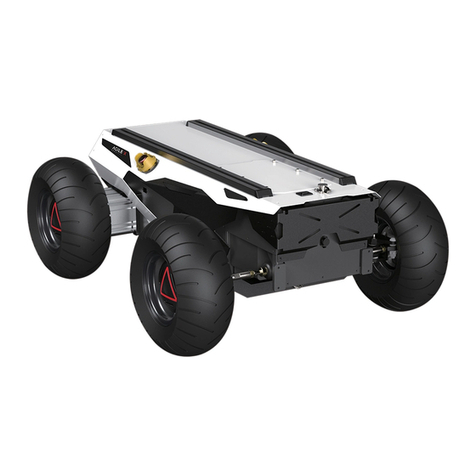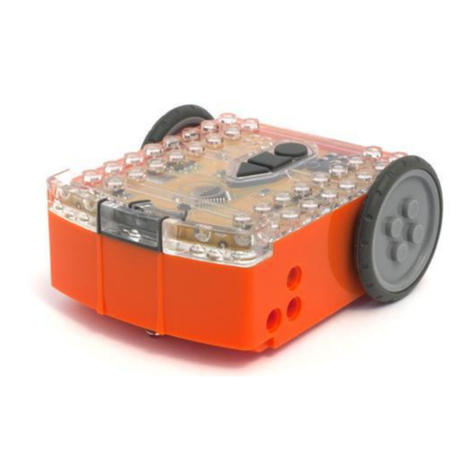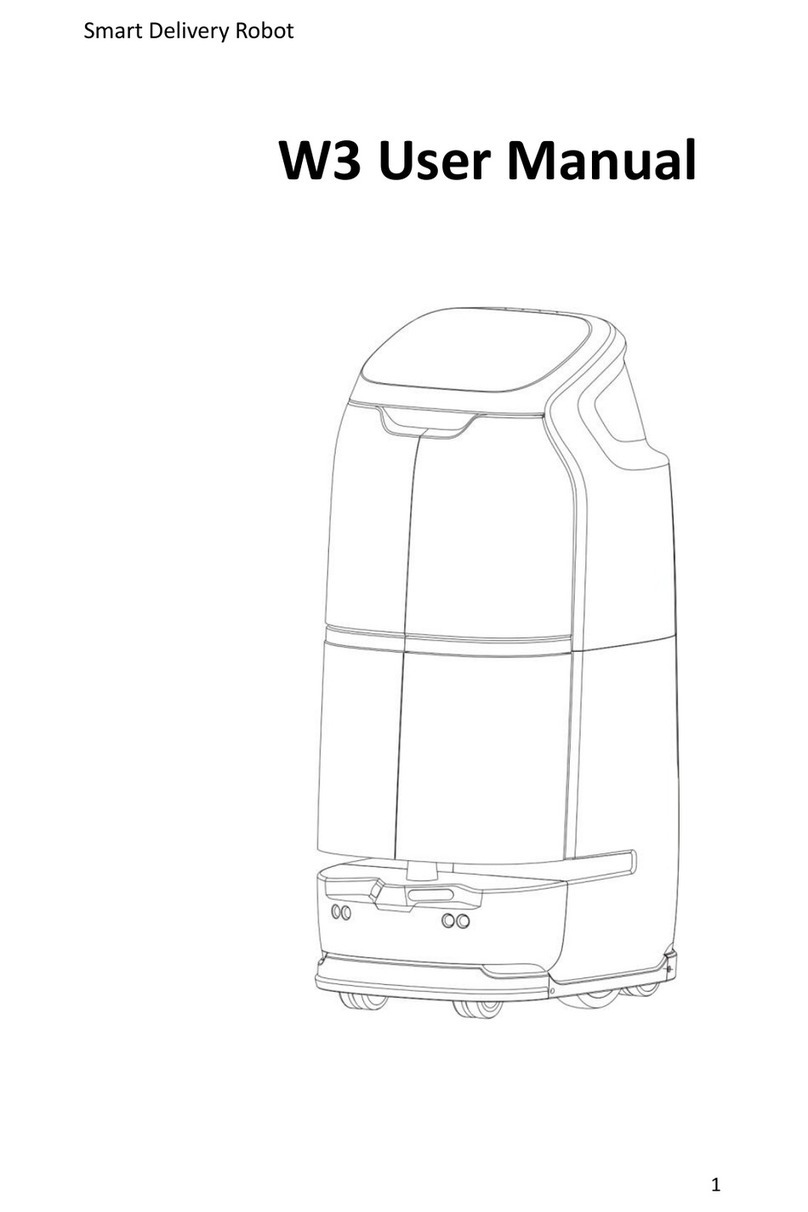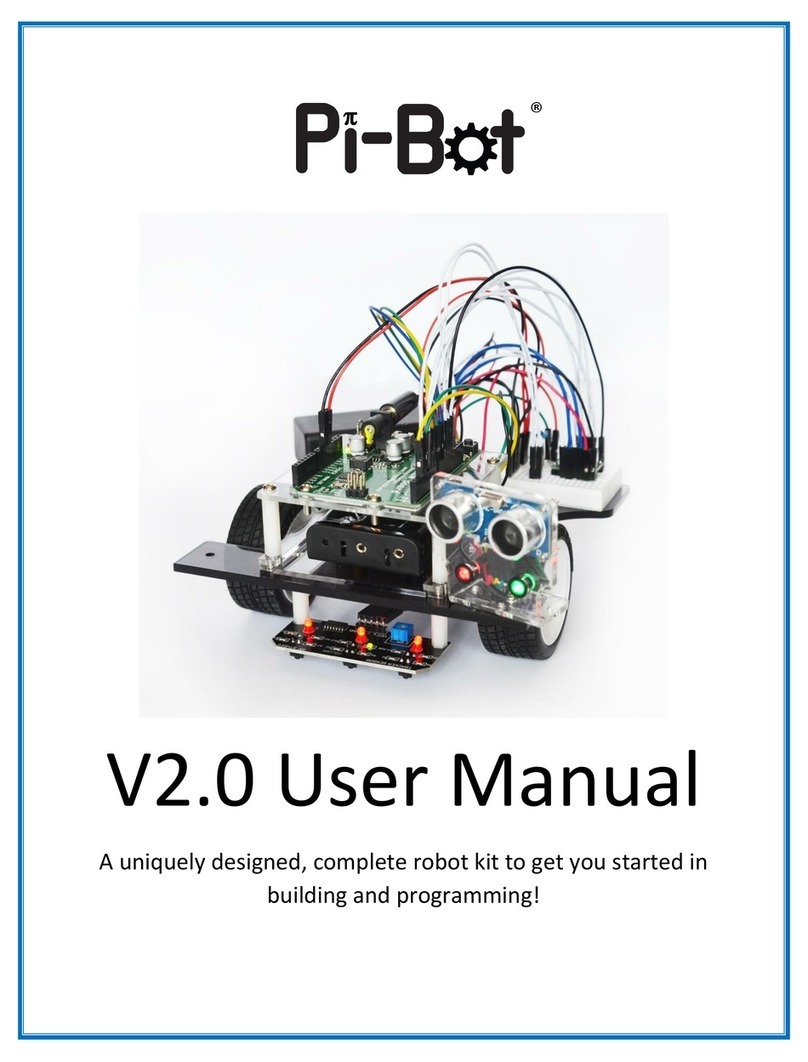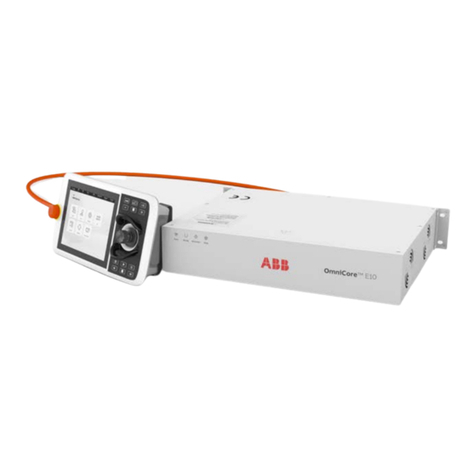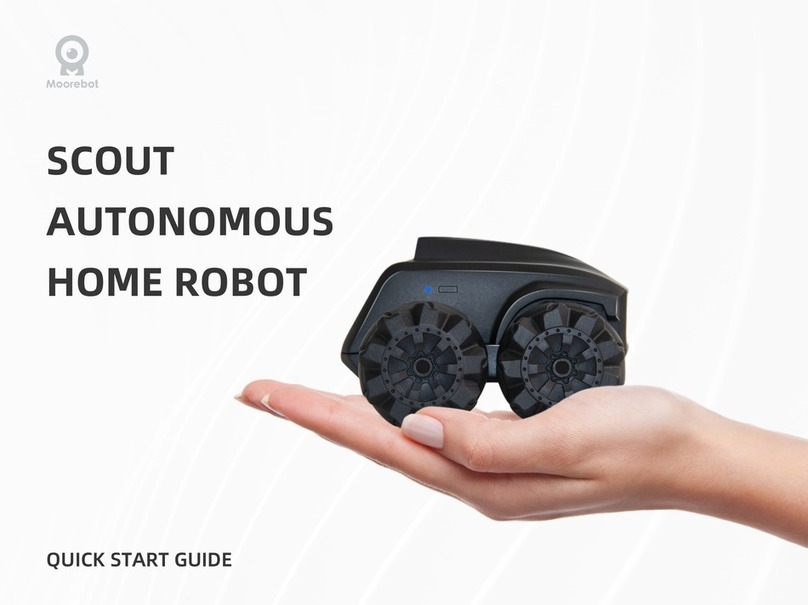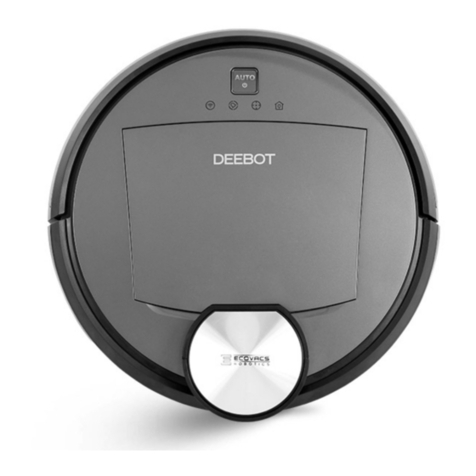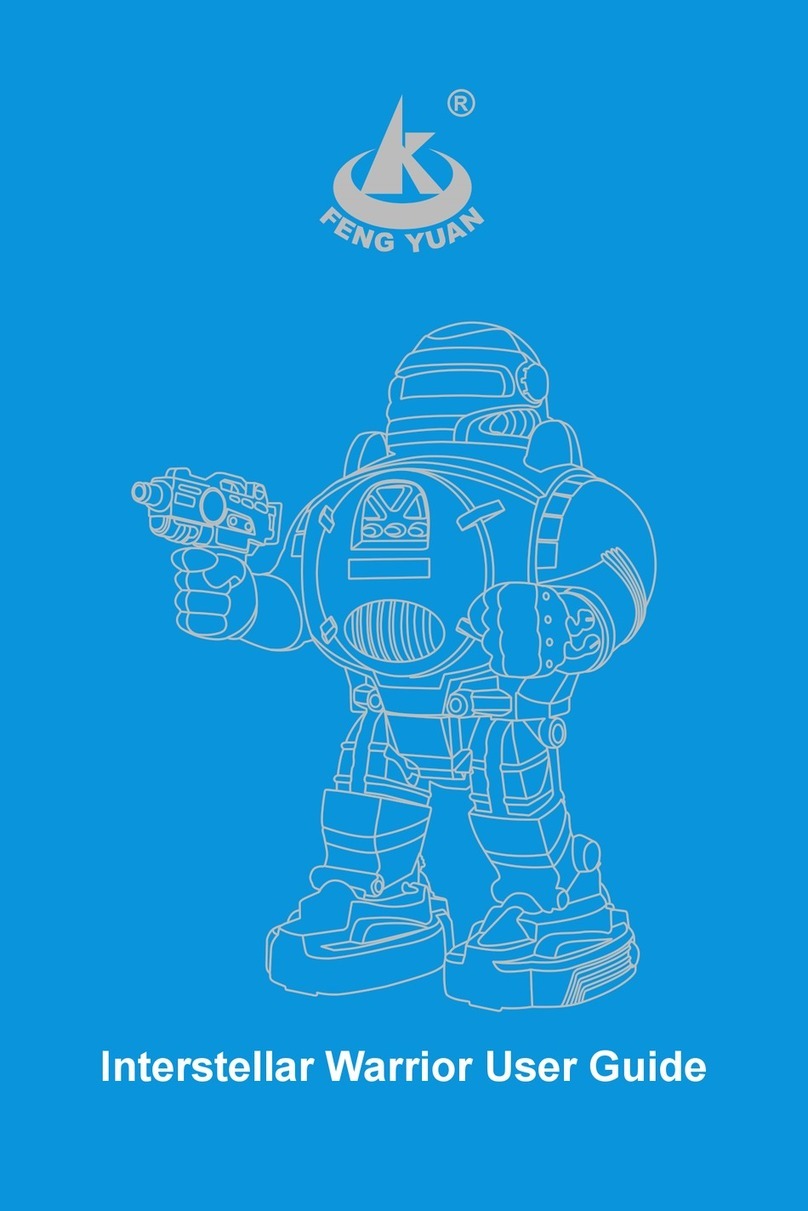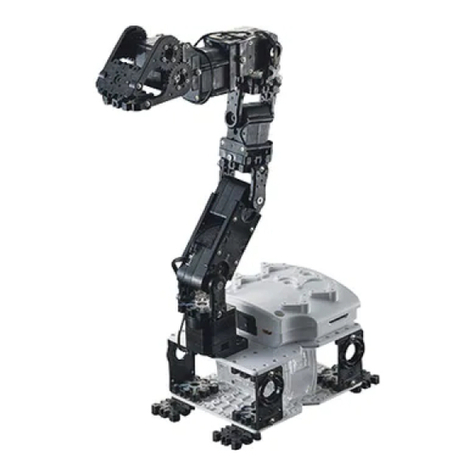Please use the TITAN in an environment that does not exceed its IP protection level.
Do not push the TITAN directly.
Tail extension power supply current does not exceed 15A, total power does not exceed 720W
BatteryPrecautions
The batteries of TITAN products are not fully charged when they leave the factory. The specific
battery voltage and power can be displayed through the voltage indicator at the rear of the TITAN
chassis or through the vol and batt on the remote control.
Pleasedonotchargethebatteryafteritisexhausted.Pleasechargeitintimewhenthelow
batteryoftheTITANremotecontrolislowerthan15%orthetailvoltagedisplayislower
than25V.
Static storage conditions: The best temperature for storage is -10°C~40°C. When the battery is
not in use, it must be charged and discharged once a month, and then stored at full voltage. Do
not leave the battery Put it in fire, or heat the battery, do not store the battery at high temperature.
Charging: You must use the matching lithium battery charger for charging. Do not charge the
battery below 0°C. Do not use non-original standard batteries, power supplies, and chargers.
Precautionsforuseenvironment
The operating temperature of TITAN is -10°C~40°C, please do not use it in an environment where
the temperature is lower than -10°C and higher than 40°C
Do not use in environments with corrosive or flammable gases or near flammable substances
Please do not use it around heating elements such as heaters or large winding resistors
The waterproof and dustproof grade of TITAN is IP22, please pay attention to the use environment,
check and remove rust regularly
It is recommended that the altitude of the use environment should not exceed 1000M
It is recommended that the ambient temperature difference between day and night does not
exceed 25°C
Regular inspection and maintenance of track tensioning wheels
SafetyPrecautions
